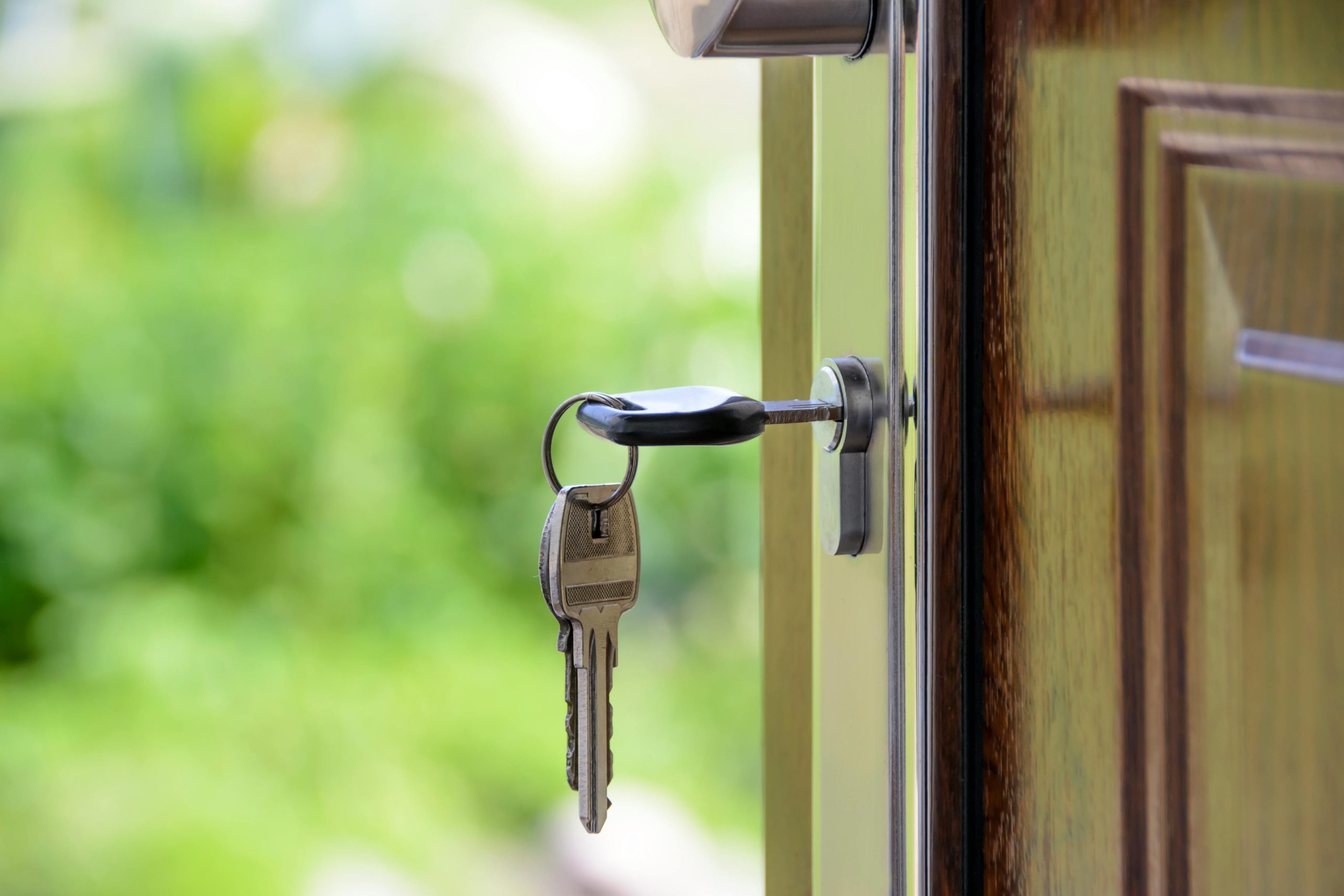
When it comes to building design, every detail matters. From the layout of the space to the materials used, architects and designers carefully consider each element to create environments that are functional, aesthetically pleasing, and safe. Among these details, the selection of door closers is often overlooked but plays a crucial role in ensuring the smooth operation, safety, and security of doors within a building.
Let’s explore the importance of selecting the right door closer on door for different types of doors and environments, considering factors such as door size, usage frequency, and environmental conditions.
Understanding Door Closers
Before delving into the selection process, it’s essential to understand the basic types of door closers available and their respective functions. The three primary types of door closers are surface-mounted, concealed, and overhead door closers. Surface-mounted closers are visible and installed on the surface of the door frame, while concealed closers are hidden within the door or frame for a cleaner aesthetic. Overhead closers are mounted on the frame above the door and are often used in commercial settings.
Additionally, door closers are available in different configurations, including hydraulic, pneumatic, and electromechanical. Hydraulic closers use fluid to control the door’s movement, while pneumatic closers rely on air pressure. Electromechanical closers incorporate electronic components for enhanced functionality and connectivity.
Selecting the Right Door Closer on Door
Door Size and Weight:
The size and weight of the door are crucial factors in selecting the appropriate door closer on door. Heavy or oversized doors require closers with greater closing force to ensure smooth and controlled movement. Surface-mounted closers with adjustable spring tension are ideal for doors of varying sizes, allowing for customization based on the specific requirements of each application.
Frequency of Use:
Doors that experience high traffic volumes, such as entrance doors in commercial buildings or public facilities, require robust door closers capable of withstanding frequent use. Hydraulic closers with durable construction and adjustable closing speed are well-suited for high-traffic environments, providing reliable performance and longevity.
Environmental Conditions:
Environmental factors such as temperature, humidity, and exposure to the elements can impact the performance of door closers over time. In outdoor or high-humidity environments, corrosion-resistant materials such as stainless steel are recommended to ensure the longevity of the closer. Additionally, closers with sealed hydraulic mechanisms offer enhanced protection against moisture and debris, prolonging their lifespan in harsh conditions.
Accessibility Requirements:
Doors in public buildings, healthcare facilities, and residential properties may need to comply with accessibility standards to accommodate individuals with disabilities. Additionally, closers with hold-open functions can facilitate hands-free operation, further enhancing accessibility.
In conclusion, selecting the right door closer on door is essential for ensuring the smooth operation, safety, and security of doors within a building. By considering factors such as door size, frequency of use, environmental conditions, and accessibility requirements, architects and designers can choose closers that are tailored to the specific needs of each application. Whether it’s a heavy-duty closer for a high-traffic entrance or a concealed closer for a minimalist interior, the perfect door closer on door is the one that seamlessly integrates with the door and environment, providing reliable performance and peace of mind for building occupants.





